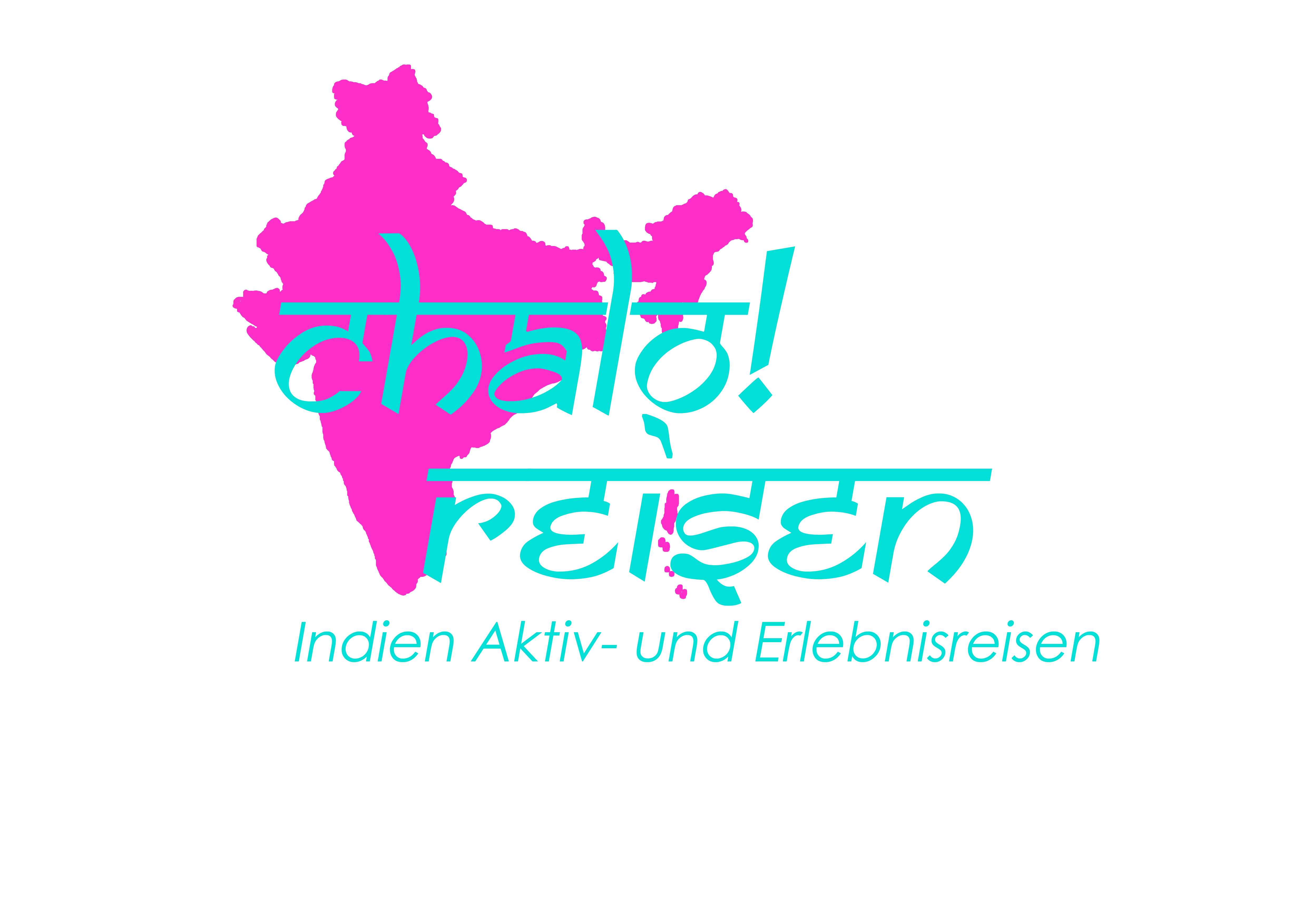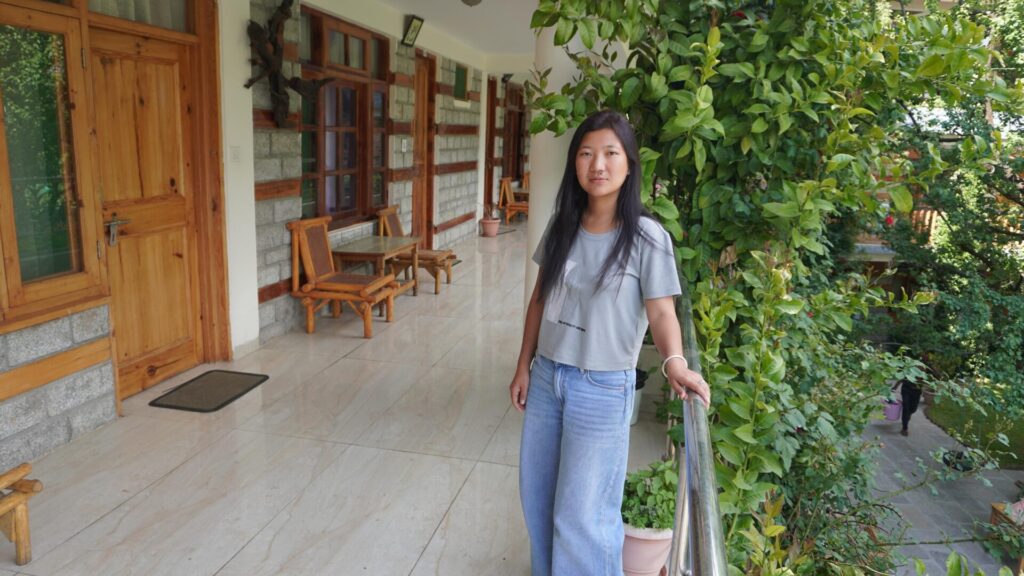Julley and Namaste! My name is Pasang Lamo. People called me Lamo, and I’m from Spiti Valley in the Lahaul and Spiti district of Himachal Pradesh, India. I’m proud to call Tabo my hometown, where I was born and raised in this beautiful region. I’ve grown up surrounded by nature and traditional farming practices. My family, including my parents and brother, has been living here for generations.
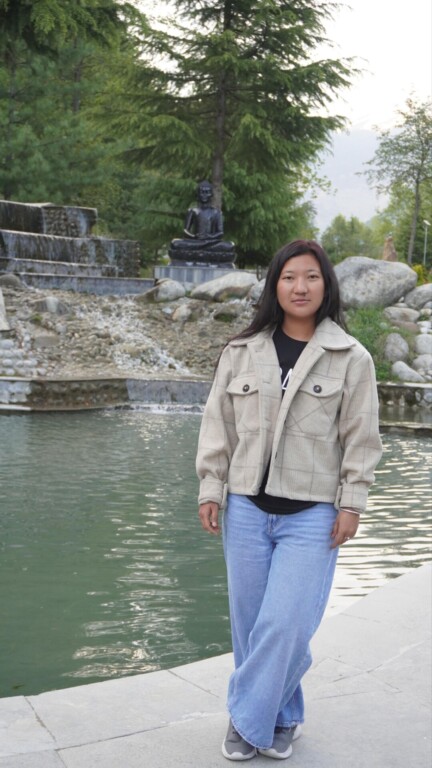
My Village Tabo
Tabo village, my hometown, is nestled in the heart of Spiti Valley, surrounded by towering mountains and picturesque fields. The village is home to an ancient monastery, making it a significant religious attraction. Tabo is the largest village in the surrounding area and offers all essential amenities, including a hospital, school, government offices, banks, and markets with daily necessities and grocery stores.
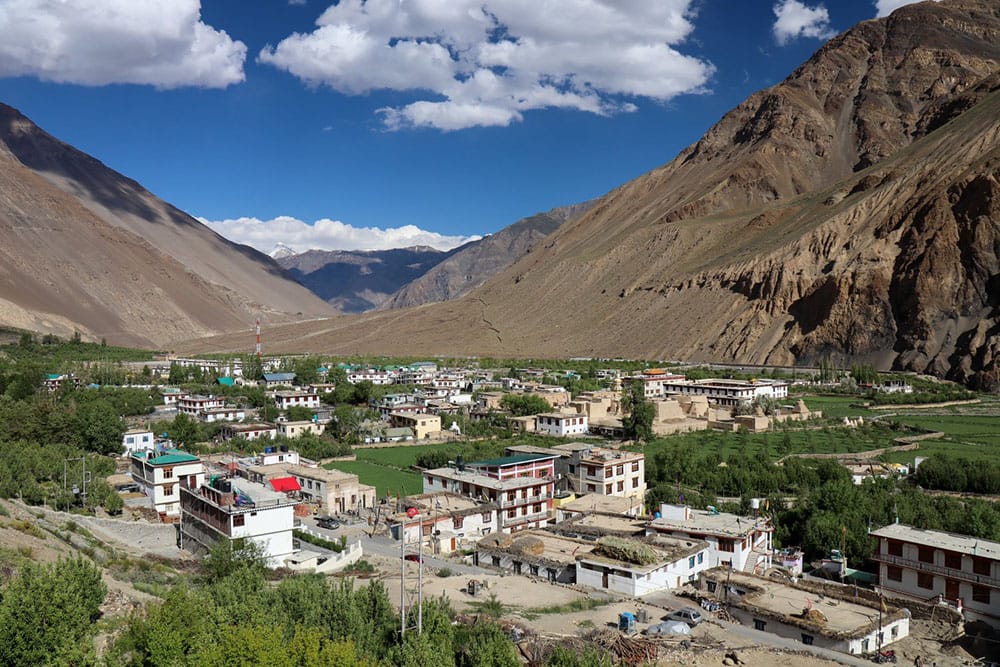
Farming and Agriculture
My parents are farmers, and our family leads a simple life deeply rooted in traditional values. I’ve learned various farming skills, including crop cultivation and animal care. Spiti Valley is known for its extensive agricultural practices, with peas, barley, and wheat being major crops. We also have apple, apricot, and almond orchards. Spiti Valley cultivates two types of peas: green peas and a unique black pea variety found only in the valley.
Childhood and Education Journey
I spent my childhood with my family, enjoying simple pleasures. I’d attend school and play with friends in the evenings, playing traditional games like pitthu, pakdan pakdai, and chupan chupai. As I grew older, I began helping my mother with household chores and farm work, such as delivering food to the fields, picking peas, and tending to crops. I also helped care for our livestock by feeding and watering them.
I completed my 10th standard at Tabo School and then moved to Shimla for further studies due to limited subject options beyond Arts. I completed my 12th standard at Portmore Girls School in Shimla. After that, I pursued my graduation from RKMV College and post-graduation from HP University. Additionally, I completed a DCA diploma.
After completing my diploma, I worked as a desk reporter at a daily newspaper called Deshpartibimb. I joined the job just three months before the COVID-19 pandemic hit, but unfortunately, I had to leave when the office shifted to Chandigarh during the second phase of the pandemic due to travel restrictions in Himachal Pradesh.
After leaving my job, I focused on continuing my education and preparing for government exams. Although the pandemic significantly reduced government job postings, I remained determined and put in my best effort. I’m satisfied with the hard work I put in, and currently, I’m working at Chalo Reisen.
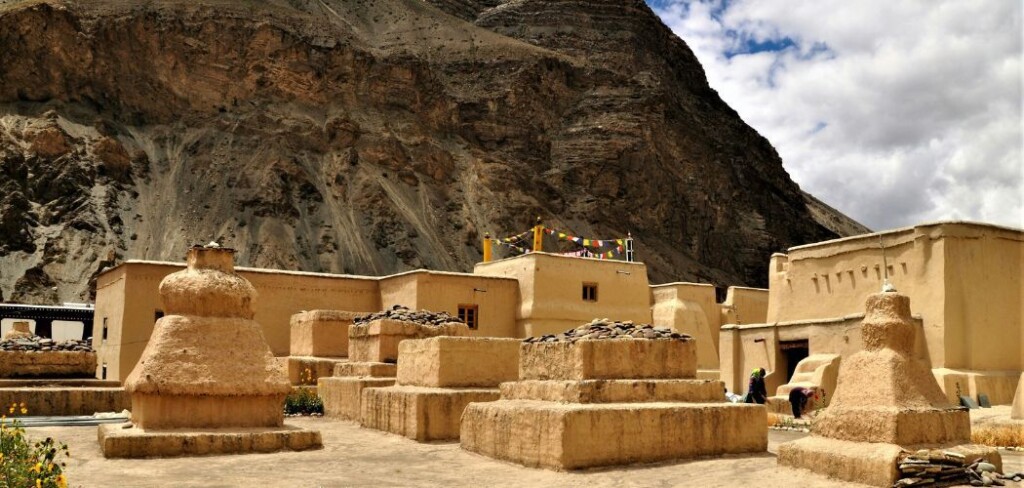
Cultural Heritage
Spiti Valley predominantly follows Buddhism, and our region is home to numerous monasteries that showcase our rich cultural heritage. These monasteries not only serve as spiritual centers but also contribute to the region’s distinct identity.
In my family, my brother is a lama at Getuk Monastery in Dharamshala. He was sent there at the age of 8, but it was his own decision to go and become a lama. Lamas play a vital role in preserving and promoting Buddhist culture, literature, and wisdom, and sharing these with the community.
We place great importance on farming and agriculture. We grow crops like barley, peas, and others, which form a significant part of our diet. Our traditional cuisine includes dishes like Momo, Thukpa, Thentuk, Gogo, Dolukpa, and Butter tea, which we consume regularly. During winters, these traditional foods are especially significant as they provide warmth and protection from the cold climate. These foods are made from the crops we grow ourselves, including both vegetarian and non-vegetarian options. During winters, people in Spiti also consume dry meat as part of their traditional diet. We grow a variety of vegetables and fruits during the summer months, which are then dried and preserved for consumption during the winter months. Some examples include vegetables, paneer (local cheese), tomatoes, spinach, radishes, onion greens, and leafy greens. Fruits like Apples, Apricots and Chulli.
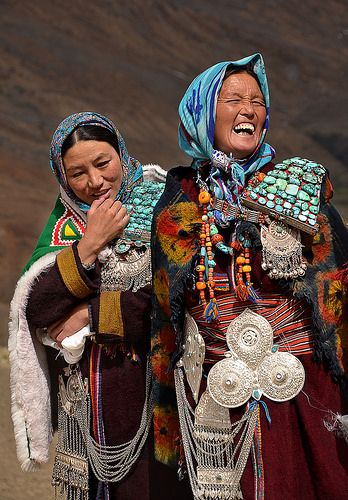
Conclusion
I’m proud to share my story and the unique aspects of life in Spiti Valley. Our region’s blend of traditional farming practices, cultural heritage, and stunning landscapes makes it a special place to call home.

